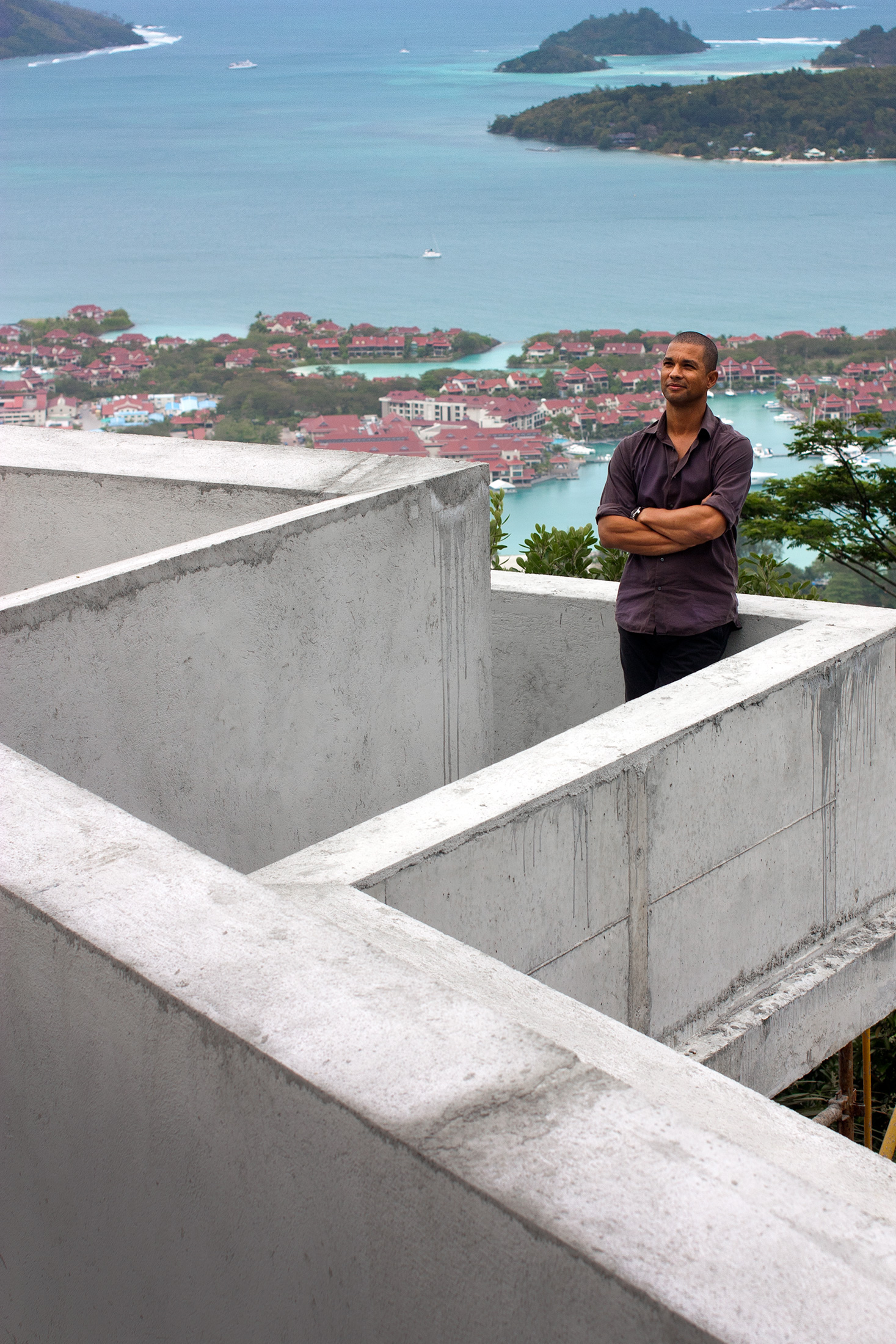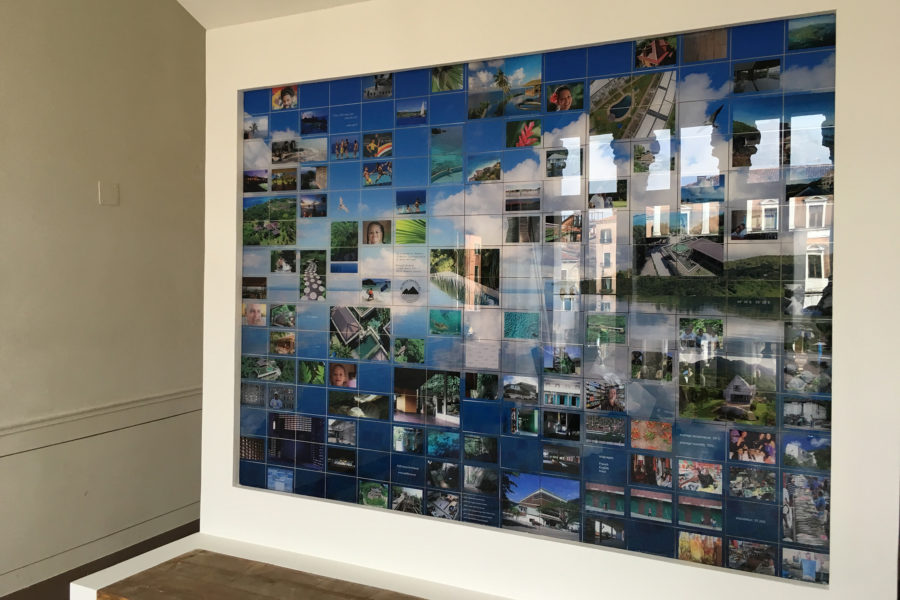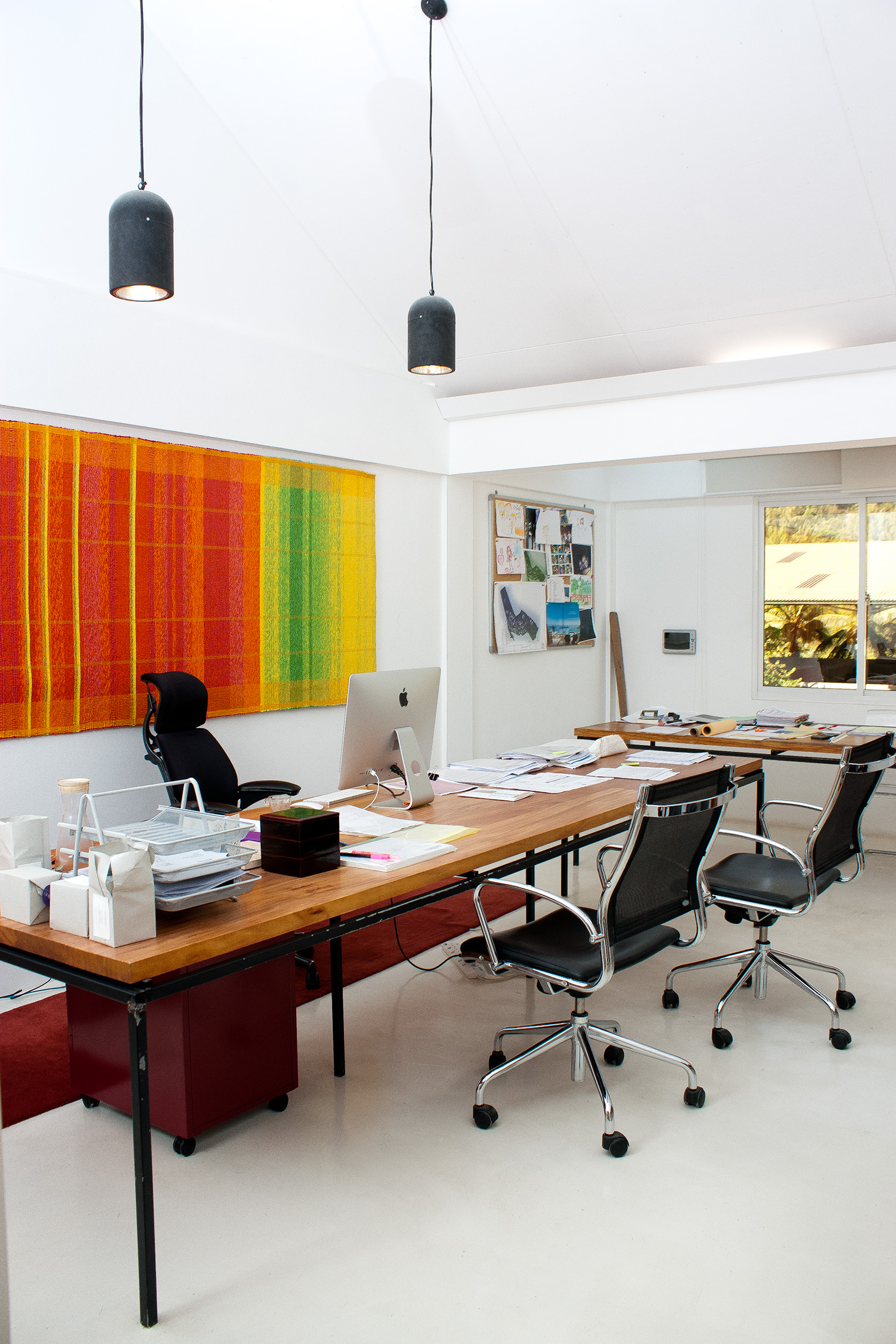When Andrés Ramírez first arrived in the Seychelles earlier this year, he was stopped at customs by an immigration officer who wanted to know why, exactly, he was visiting the tiny island nation a thousand miles off the coast of eastern Africa. “I’m here to do a little research on architecture,” the design curator said, brandishing a letter from local architect Alex Ellenberger, with whom he was collaborating on the country’s first-ever presentation for the Venice Architecture Biennale (on view through Nov. 27). The official examined the letter and smiled.
“Oh,” he said, “Alex is my cousin.”
“That was my introduction to the country,” Ramiréz says. It was a first impression that turned out to be fairly spot-on. With a population of just under 100,000, spread out across 115 islands surrounded by the pristine turquoise sea, the Seychelles is a world unto itself. The former French (and later English) colony has a mixed Afro-Creole heritage, and its cultural diversity is paired with a tight-knit, communal feel. Based on the Providence Atoll, Ellenberger and his partners at firm Add.Locus have had to learn how to run a practice in cramped quarters, in a place where every new building is a major national event. “You have to choose your clients carefully,” Ellenberger says. “You’re going to be living with them forever.”
The decision to bring the Seychelles to Venice for the first time was made by the country’s minister of culture, Alain St. Ange. (He is also, not coincidentally, the minister of tourism.) Looking for a suitably savvy curator to take on the project, St. Ange turned to Ramiréz, whose globetrotting bona fides have included curatorial stints in Berlin and New York. Arriving in the Seychelles on that initial visit last March, Ramiréz met with the Add.Locus team with only two months lead-time before the debut of their show in Venice. “We were very worried, very nervous,” Ellenberger says. “We never believed we’d get there.”





